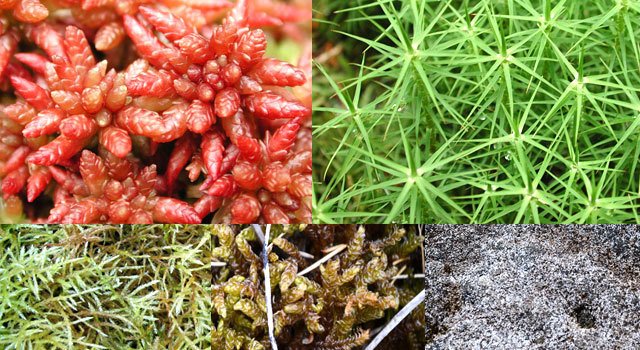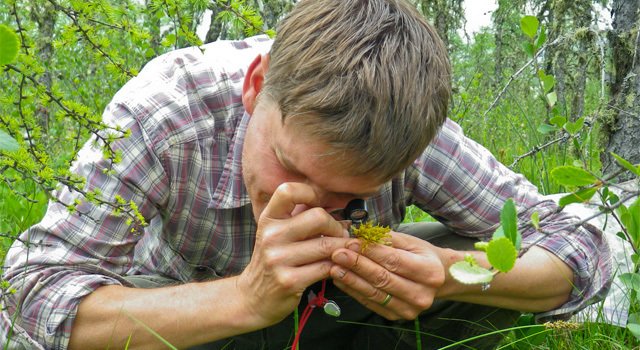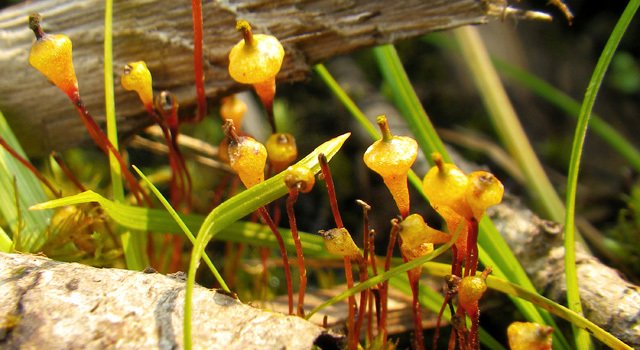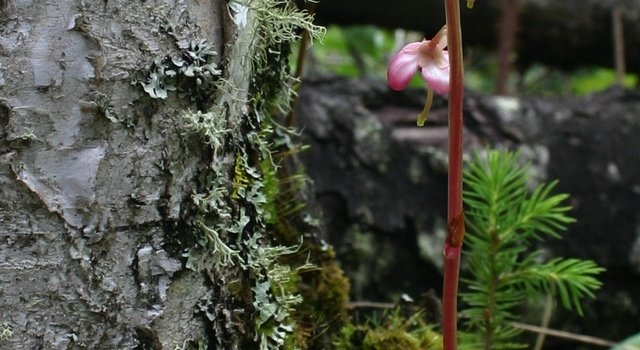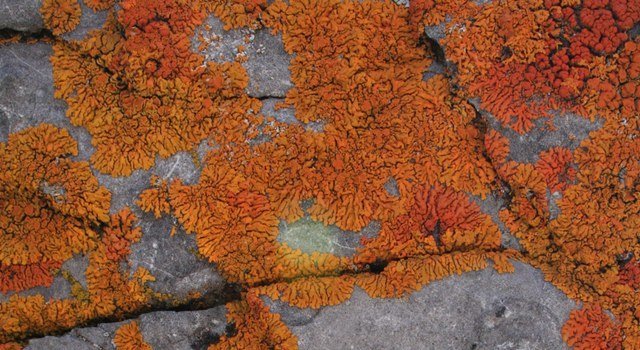From upper left (clockwise): Sphagnum magellanicum, photo: M. Luth; Polytrichum commune, photo: M. Luth; Anthelia juratzkana (liverwort), photo: R. Caners; Scorpidium scorpioides, photo: R. Caners; Brachythecium rivulare, photo: R. Caners Part 1: Introducing Bryophytes It’s a beautiful spring day and you are walking through a lush, green boreal forest somewhere in northern Alberta. The sunlight [...]
